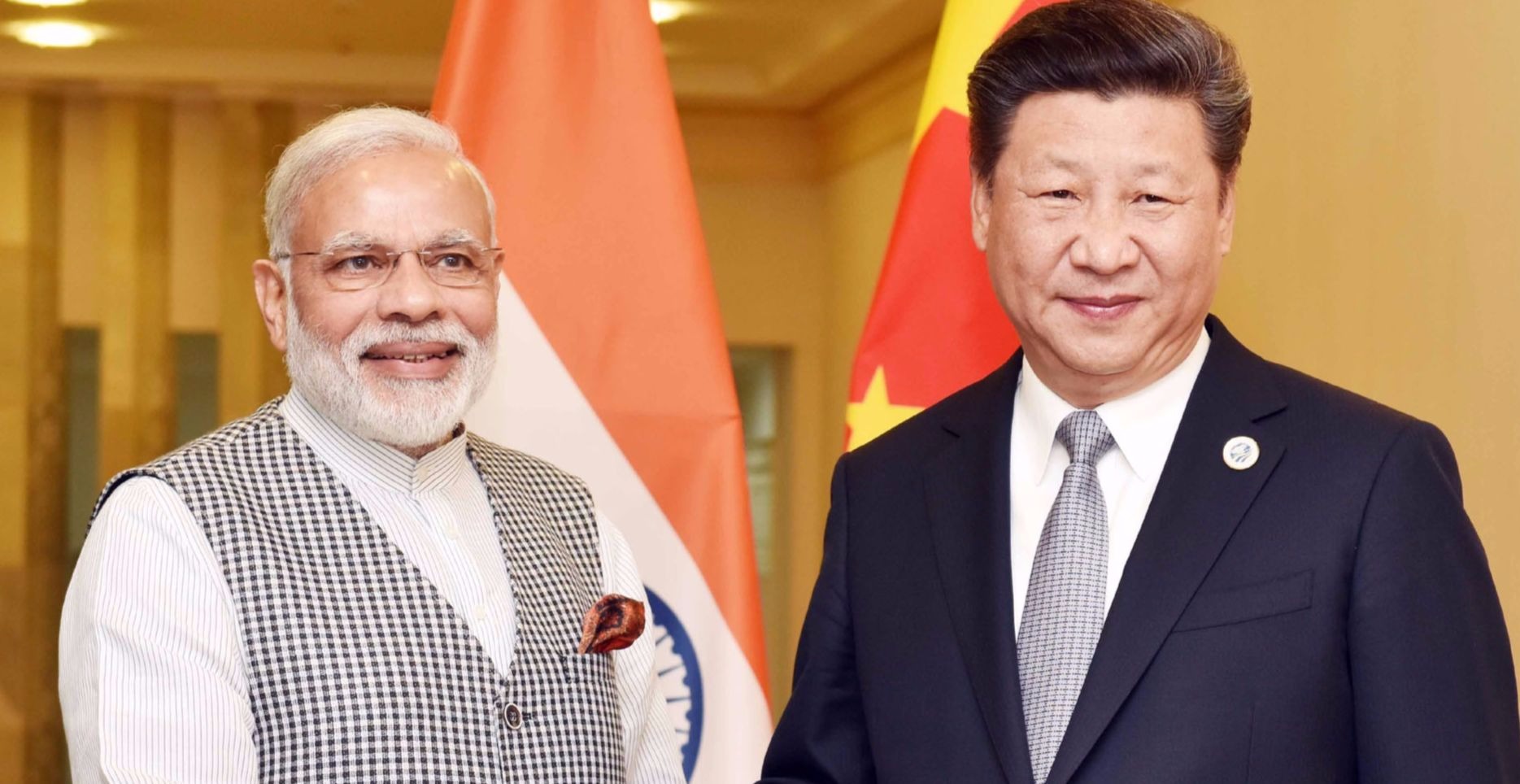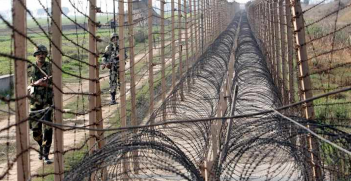What was Really Going on Between India and China at Doklam?

The Doklam dispute between India and China had all the hallmarks of a strategy focused on public perception.
On Tuesday, India and China finally agreed to disengage their troops from the Doklam Plateau and a precarious standoff that has lasted two and a half months. China has drafted a scathing account of events: it claims that India invaded Chinese territory, and selfishly imperilled the guided Bhutanese state.
This representation has been forcefully and indelicately propagated by China’s media outlets and state representatives. It was never the prospect of armed conflict that was being leveraged against India, but a characterisation as China’s overbearing regional foil. Chinese political networks have sought to catalyse this sentiment through large-scale media warfare.
It is difficult to believe that confrontation was not anticipated by the Chinese government. The standoff began in June after Chinese troops started unilaterally extending a road through the Doklam Plateau. The territory has long been disputed between Bhutan and China.
The construction also sought to extend the road closer to the Indian border, where the Siliguri Corridor is situated. This corridor is considered essential to India’s structural integrity. At its narrowest point, the Siliguri Corridor stretches just 22 kilometers wide. It connects the 45 million citizens of Northeast India to the rest of the country.
Nirupama Rao, a former Indian foreign secretary, points out that this aligns with a recent string of diplomatic strains between China and India. These include the China-Pakistan Economic Corridor, which China negotiated without Indian consultation, and China’s decision to veto a UN terrorist listing for Mazood Azhar, the perpetrator of a 2016 terrorist attack in India.
China’s vastly different account of events has not been due to a lack of understanding or sensitivity. In 2003, the Chinese Communist Party Central Committee and the Central Military Commission approved a concept of ‘Three Warfares’. Dean Cheng explains that the ‘Media Warfare’ subset of this agenda is aimed at influencing public opinion to build international support for military actions and dissuade opposition.
Professor Philip Towle’s contribution to a US Department of Defense report reflects on how China implements this strategy with a worldwide media network, operating in 50 different languages. It is the breadth of this reach that ensures permeability. The form of China’s political language need not be compelling in itself.
China’s sudden ownership of the territory, and the certainty with which it has asserted this claim, seems to contradict the 24 rounds of inconclusive border talks conducted with Bhutan.
There are no measured statements. Beijing has unequivocal confidence in its politically contested ownership. One commentator assures his readership that “Justice is on China’s side, and Beijing is righteous and resolute to require New Delhi to unconditionally withdraw its troops.”
Anachronistic and atypical declarations are reflective of Beijing’s centralised media. The constant flow of official statements and opinion pieces portrays those opposed to China’s actions as senseless and covetous, blaming India’s ‘recklessness’ and condemning its ‘regional hegemonic mentalities’.
These are representations in service of a specific agenda. A common refrain in China’s polemics has been India’s oppression of Bhutan. This is intended to equivocate the fact that the China-Bhutan’s border was just unilaterally altered.
Bhutan has been highly dependent on India for more than 50 years. However, as Sherpem Sherpa points out, this was a relationship that was impelled by China’s annexation of Tibet in 1950. In light of cross-border incursions and similar attempts by China to alter the border unilaterally, Bhutan sought to extend its relations with India.
Though Bhutan’s and India’s interests have long coincided, China is now attempting to capitalise upon the unnecessary persistence of this dependency. According to reports, Bhutan and China came close to a settlement in 1996-2001, when China proposed that it would concede land in northern Bhutan for land in Western Bhutan that included Doklam.
Following this perceived threat to the Siliguri Corridor, India and Bhutan have been embroiled an increasingly possessive relationship. After a 2012 meeting between Bhutan’s Prime Minister and a Chinese counterpart, India cut subsidies to Bhutan for cooking oil and kerosene in move that has been considered election interference.
India’s strategic insecurity in Doklam has been exploited and portrayed as hubristic; it is being touted as ‘evidence’ that the aspiring leader of South Asia is willing to put itself before a dependent Bhutan.
However, this anxiety is not unreciprocated by Bhutan. Inconclusive border talks have long deterred Bhutan from normalising relations with China. Bhutan’s priority regarding China has always been settling the border. Sherpa quotes Bhutanese Prime Minister Tshering Tobgay as saying, ‘Only after [demarcation], when the time is right, we can have formal diplomatic ties with China’.
China has planned to extend a railway line linking Tibet with the rest of the country to the borders of India, Nepal and Bhutan by 2020. For China, having independent relations with Bhutan is the first step to exerting influence over its desired border demarcation.
China has made strong attempts to court Bhutan with vast spending on soft power initiatives. Due to Bhutan’s small domestic market and limited capital, greater regional integration would afford much needed commercial opportunities. By rewriting past dynamics, China hopes to again assert its claims over Bhutan’s border. However, China seeks not only Bhutan’s submission, but also its support.
The President of the Tibetan government-in-exile, Lobsang Songay, recently spoke on the process of Tibet’s occupation, which he says started with a road.
“Now, we were promised peace and prosperity with the highway, and our parents and grandparents joined in building the road. In fact, they were paid silver coins to help them build the road…So my parents told me the Chinese soldiers with guns were so polite, so nice, the kids used to taunt them and taunt them, they always smiled. They never said anything. Then they built the road. Once the road reached Lhasa – the capital city of Tibet – first trucks came, then guns came, then tanks came. Soon, Tibet was occupied. So it started with the road.”
Bhutan’s foreign ministry put out a statement strongly objecting to construction in the contested area. In regard to China’s provocations, Ajai Shukla, a former colonel in the Indian Army, comments that, ‘the game has been to not respond’. It is hoped that China’s subversions of the facts will succumb to proper assessment, and receive little credibility from the international community.
The Vice President of the Chinese People’s Institute of Foreign Affairs is quoted as having alluded to such modern geopolitical gambits. He speculates that ‘in the era of globalization and informationalization, a new “main battleground” for big powers to win over international public opinions is taking shape’.
Vikay Prakash is a student of international studies and law at the University of NSW.
This article is published under a Creative Commons Licence and may be republished with attribution.





